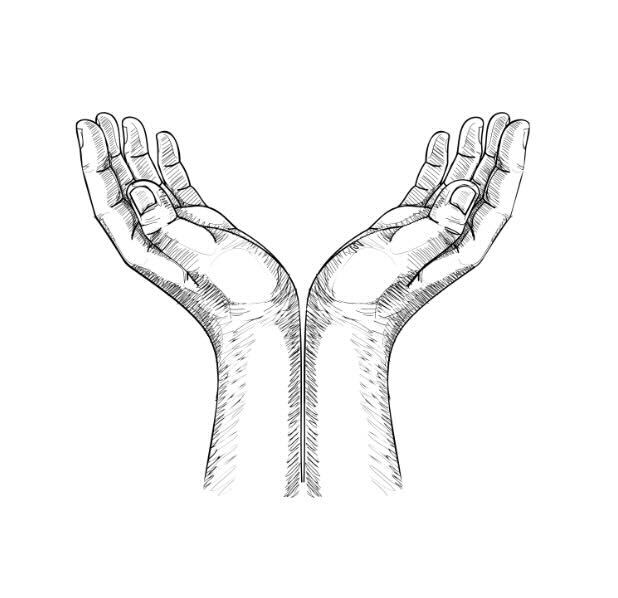The crowd on the movie screen flickers as they double over in laughter, sharing an inside joke that flies just beyond our grasp — in a language we should understand. That familiar sting of betrayal: after four years of study in a world language, we realize our hard-earned proficiency is no match for the cultural nuances and casual humor native speakers seem to wield so effortlessly. Our textbook-perfect phrases and cultural knowledge offer no aid for navigating the rich, informal layers of the language and leave us wondering how we missed the memo on jokes that everyone else (the crowd in that movie) seems to get.
When it comes to language acquisition, schools do supplement syntax and lexicon by introducing students to national holidays, traditional customs and prominent landmarks. However, there is a shortcoming in how these cultures are represented: curriculum is often too generalized to capture the multifaceted aspects of the communities who speak these languages, a reductionist approach that not only undermines cross-cultural understanding but also leaves students ill-equipped to navigate real-world communication in that world language.
The problem is not that schools neglect culture, but rather that they offer a narrow, sanitized version of it — one that flattens the complexity of lived experiences into neat, consumable lessons. Our high school French or Spanish curriculums might cover widely-known cultural touchstones, such as the storming of the Bastille or Flamenco dancing, but these are often presented in a manner that suggests they are representative of an entire nation or language community. Such generalizations do not account for the vast regional and generational differences that exist within these cultures.
In French classes, students are often taught a Parisian variant of the language, complete with formalized structures and archaic greetings that feel detached from the way people actually speak today. Little attention is given to the fact that French is spoken differently in multiple regions across the world, each with its own distinct dialect, accent and cultural context. For example, Quebecois French, with its distinct expressions and idiomatic language, differs markedly from the French spoken in France.
Likewise, the Spanish curriculum focuses predominantly on Latin American Spanish, neglecting the array of dialects across Spain and Mexico and the most common form of Spanish used in Spain, Castilian Spanish. Slang used in Mexico City is drastically different from the idiomatic expressions of Buenos Aires, just as customs in Chile diverge from those in Spain. By focusing on just one version of the language, the curricula presents a monolithic version of the culture and deprives students of the broader landscape, possibly leading to misunderstandings and reinforcement of cultural stereotypes.
For example, formerly conservative countries like China have evolved to more liberal younger generations, yet the Chinese curriculum presents a stereotyped, traditional semi-Confucianism society. Therefore, students who are natively Chinese may feel misrepresented, and students who are not educated on the culture are fed an outdated and narrow version of China’s social culture.
The heart of this problem is the fact that language is not static; rather, it’s evolving, whether it be shaped by globalization, technology, generational change or a combination of them. New slang emerges, old customs change and regional subcultures carve out their own linguistic spaces — and yet, many school curriculums treat language as fixed, likely because of outdated standardized AP tests. This rigidity leaves students less than prepared to engage with real people in different, diverse contexts.
Therefore, it’s important that schools work to broaden cultural education within language curriculums by incorporating contemporary culture — such as modern media and pop culture — into their lessons. At MVHS, this standard is met at higher levels, such as in the honors or AP course, as per requirement of the AP curriculum; however, it’s crucial to incorporate a colorful cultural curriculum at rudimentary levels as well.
It’s also true that curricula are already overloaded with grammar, vocabulary and exam preparation. Nevertheless, even if it’s not possible to cover every aspect of a culture in exhaustive detail, educators can still make an effort to acknowledge that these complexities exist. By emphasizing that the cultural elements presented in class are only facets of a much larger and diverse whole, teachers can erase stereotypes and breed cultural literacy by eliciting students’ curiosity.
Ultimately, language and culture are tightly linked — understanding one without the other results in a shallow grasp of both. So when the curriculum reduces culture to a few standardized lessons, it strips the language of its richness and only leaves a skewed and oversimplified view.








